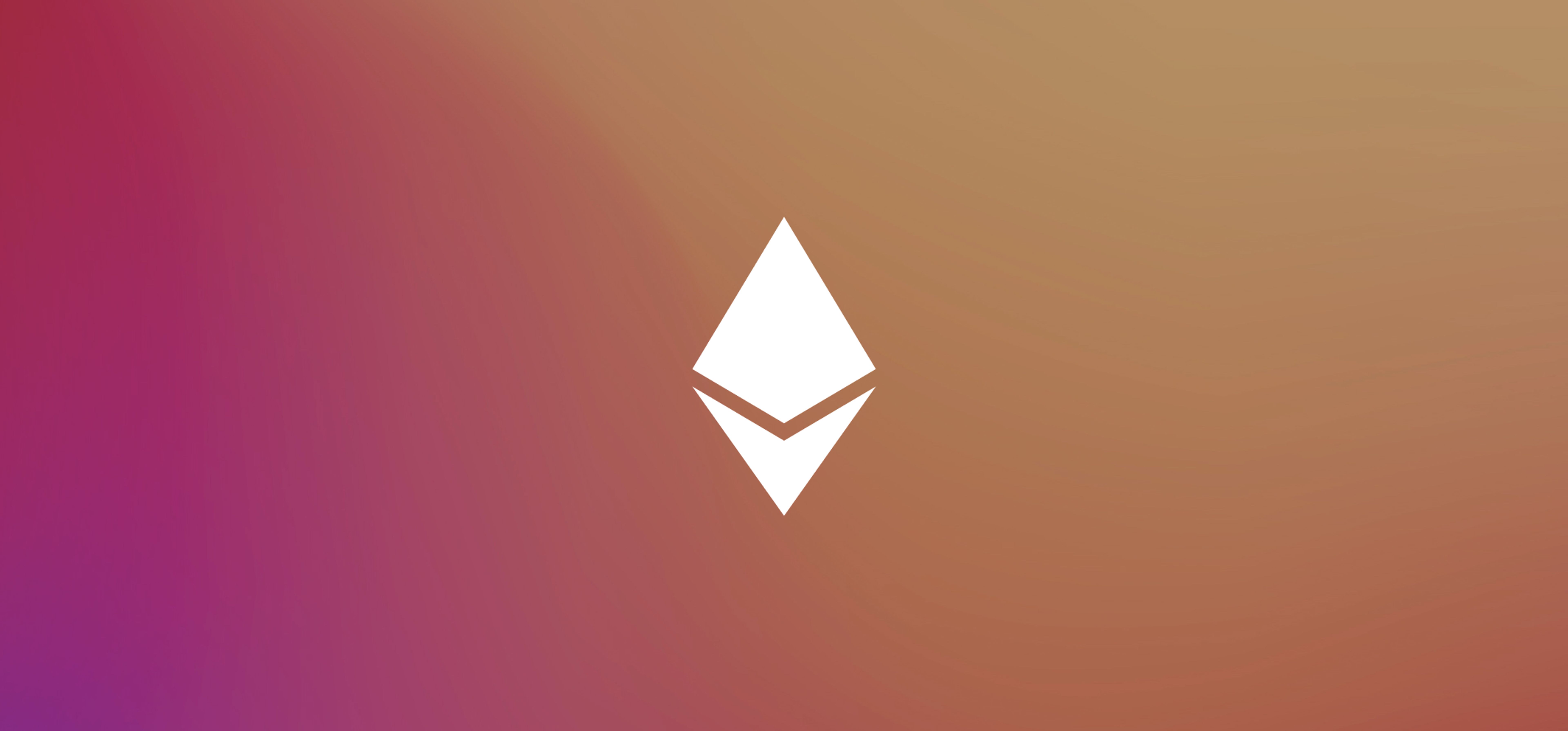
TL;DR; Ethereum 2.0 is a new PoS chain that introduces sharding and eWASM as new features (=scalability & performance). ETH1 will be migrated to ETH2, at which point the long-planned transition from PoW to PoS will be complete.
The roadmap for updating to the new chain is divided into three phases, each of which presents an upgrade compared to the current chain: Phase 0 — Beacon Chain (PoS), Phase 1 — Sharding Phase 2 — eWASM
Why PoS?
PoS replaces the need run specialized hardware (& spend electricity) to validate txs. In PoW, dishonest actors lose tx fees. In PoS, they lose tx fees & stake. PoS is also a prerequisite for sharding. The migration has been planned since the early days of Ethereum
Phase 0 — Beacon Chain
Is the new PoS chain to which all the shards connect to. ETH1 tokenholders can move their tokens to the Beacon Chain and start validating (required stake: 32 ETH). For early validators on the new chain, the suggested inflation rewards are substantial.
Why Sharding?
Sharding increases tx throughput with parallel processing. Data is stored and transactions executed on a specific shard by a smaller group of validators, instead of each validator storing the entire state and processing all transactions.
Phase 1 — Sharding
Ethereum 2.0 will introduce 64 individual shard chains (recently downgraded from 1,024) with the option to add more. Periodically, the current state of each shard is recorded in a Beacon Chain block. Shard validators attest to the shard’s contents & state.
Why eWASM?
Wasm is a new fast, efficient and portable format standard for executable programs. eWASM is a subset used for Ethereum contracts. eWASM uses hardware capabilities to execute programs faster. Developers can use familiar languages (eg. Rust/C++) and tools & libraries.
Phase 2 — eWASM
eWASM replaces Ethereum’s current virtual machine (EVM). Existing Solidity contracts will be compatible with eWASM. Only once eWASM is launched, smart contracts will be able to execute on ETH2.
Beyond Phase 2
Improved support in the VM for STARKs to further improve scalability and privacy. Because cross-shard transactions are asynchronous (slow), further work on transacting between shards will need to be done (such as L2 solutions that work across shards).
In short, only after phase 2 will Ethereum 2.0 be fully functional. Phase 0, only staking will be enabled (Q2 2020). Phase 1, data can be stored on shards but no txns executed (Q1 2021). Phase 2, smart contracts can be executed (2022).
Deprecating ETH1
There will be two different ether tokens during the transition. The original plan was to roll the PoW state into one of the shards. According to a new plan ETH1 is transferred to its own shard but now without PoW (miners replaced with ETH2 validators).
Validation on ETH2
The only requirement for validating is to stake 32 ETH. Anyone can join, and a minimum of 100 validators are randomly selected to produce blocks. This is different from e.g. Polkadot, where validators are nominated by token holders.
Governance
Ethereum 2.0 continues with off-chain governance. Why? In Vitalik’s view, explicit governance design is difficult and a bad implementation creates unexpected issues. On-chain governance also has practical problems like low voter turnout. https://vitalik.ca/general/2017/12/17/voting.html
Token Terminal provides financial and business metrics on crypto protocols — metrics we’re used to seeing applied to traditional companies, e.g the P/E ratio. Crypto protocols operate like traditional businesses, only they do it directly on the Internet.
For more, check out Token Terminal’s website and Twitter.
The authors of this content, or members, affiliates, or stakeholders of Token Terminal may be participating or are invested in protocols or tokens mentioned herein. The foregoing statement acts as a disclosure of potential conflicts of interest and is not a recommendation to purchase or invest in any token or participate in any protocol. Token Terminal does not recommend any particular course of action in relation to any token or protocol. The content herein is meant purely for educational and informational purposes only, and should not be relied upon as financial, investment, legal, tax or any other professional or other advice. None of the content and information herein is presented to induce or to attempt to induce any reader or other person to buy, sell or hold any token or participate in any protocol or enter into, or offer to enter into, any agreement for or with a view to buying or selling any token or participating in any protocol. Statements made herein (including statements of opinion, if any) are wholly generic and not tailored to take into account the personal needs and unique circumstances of any reader or any other person. Readers are strongly urged to exercise caution and have regard to their own personal needs and circumstances before making any decision to buy or sell any token or participate in any protocol. Observations and views expressed herein may be changed by Token Terminal at any time without notice. Token Terminal accepts no liability whatsoever for any losses or liabilities arising from the use of or reliance on any of this content.
Stay in the loop
Join our mailing list to get the latest insights!
Continue reading

Customer stories: Token Terminal’s Data Partnership with Linea
Through its partnership with Token Terminal, Linea turns transparency into a competitive advantage and continues to build trust with its growing community.

Introducing Tokenized Assets
Token Terminal is expanding its standardized onchain analytics to cover the rapidly growing category of tokenized real-world assets (RWAs) – starting with stablecoins, tokenized funds, and tokenized stocks.

Customer stories: Token Terminal’s Data Partnership with EigenCloud
Through its partnership with Token Terminal, EigenCloud turns transparency into a competitive advantage and continues to build trust with its growing community.